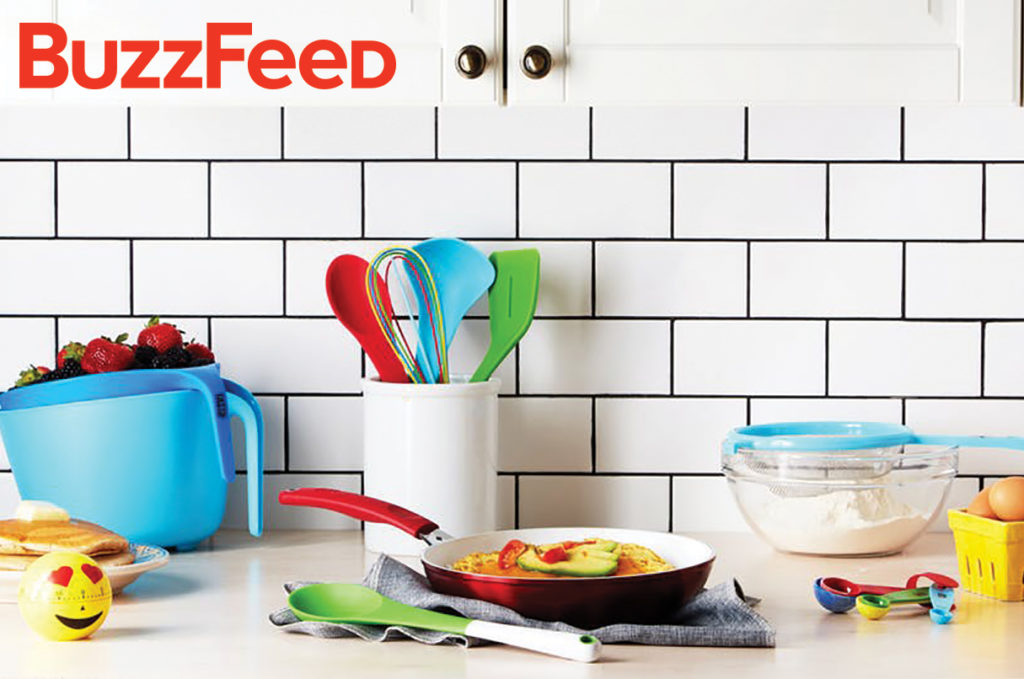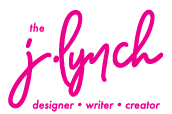Blog
BuzzFeed's New Business Plan Cooks Up Success

More than likely your first experience with BuzzFeed came by way of a catchy article, quiz, or listicle. You clicked it and it sent you down a rabbit hole of other quizzes, lists, and pop culture news.
But that was the old BuzzFeed, the “bored at work” BuzzFeed as founder and CEO Jonah Peretti has previously referred to it. Today, the company is positioned as a leading global digital media company featuring award-winning journalism, an e-commerce arm, entertainment studio, its own brands, and yes, quizzes, too.
Ever forward-looking, BuzzFeed now has its sights set on new ways to monetize its own content and to engage its audiences.
BuzzFeed is evolving toward a multi-revenue business model projected to be on track to grow to one third its revenue this year and to half its revenue for 2019, according to Peretti. Starting with its viral cooking brand Tasty, licensing is part of that model.
This isn’t the company’s first test-run with consumer products, but until now these products were all developed internally, via its e-commerce division, BuzzFeed Commerce (formerly BuzzFeed Product Labs).
In Q4 2016, for example, the company developed a fully customizable on-demand Tasty-branded cookbook in the space of just 4-5 weeks, and sold it exclusively on tastyshop.com. With only five weeks left in the year, it sold more than 125,000 copies.
After bringing on industry veteran Eric Karp as its first head of licensing in late 2017, BuzzFeed has now launched the first Tasty consumer products program, extending the brand beyond digital with cookware and kitchenware products. The new line, developed by licensee Epoca International, launched exclusively with Walmart in March across its U.S. locations and at Walmart.com and Jet.com. In December, the two companies also partnered to include links in Tasty videos to buy kitchen tools, groceries, and other accessories through Walmart’s e-commerce sites.
While other digital companies typically have to rely on social influencers these days to get the buzz out there on these kinds of CP initiatives, BuzzFeed has the benefit of helming so many micro platforms of engagement to promote and test on many different levels.
“With regards to Tasty at Walmart, we have a multi-layered marketing strategy that we’re employing,” says Karp. “Everywhere Tasty’s popular, we have some sort of call to action to our fans. Following the launch month, the intention is to pulse across all platforms, so we’re not inundating our fans but still giving them a steady supply of messaging on the availability of the product. It’s not dissimilar from the way that we launched and continue to market our Tasty publishing line. ”
On the agenda for Tasty on the back half of 2018, consumers can expect a build out of its non-electric range, the launch of small electric appliances, new licensee announcements, and two more books from Penguin Random House. BuzzFeed will also work with new promotional partners with major CPGs, who are also advertisers with BuzzFeed.
Next, BuzzFeed plans to apply the same retail-first strategy as a model for other BuzzFeed brands such as Nifty, Goodful, Playfull, and As/Is as well as its other lifestyle verticals. These plans begin with Goodful, driven by partnerships in textiles, home electrics, and kitchen products that speak to its messaging on wellness.
BuzzFeed as an organization has employed a test-and-learn approach to both its content creation and its product promotion, and from a marketing standpoint, it’s a strategy that, thus far, works.
This article first appeared in the May/June 2018 issue of Toys & Family Entertainment.

